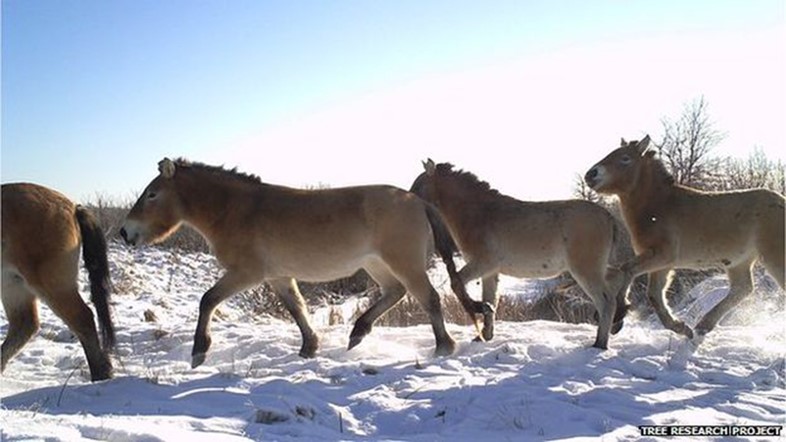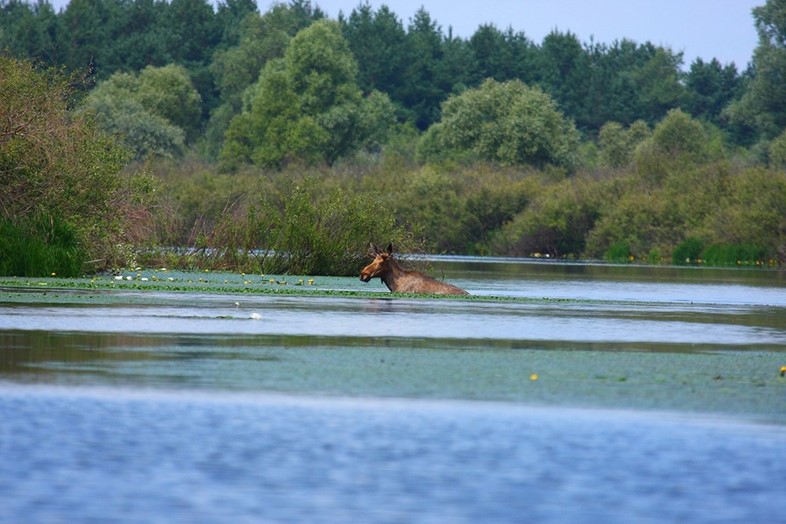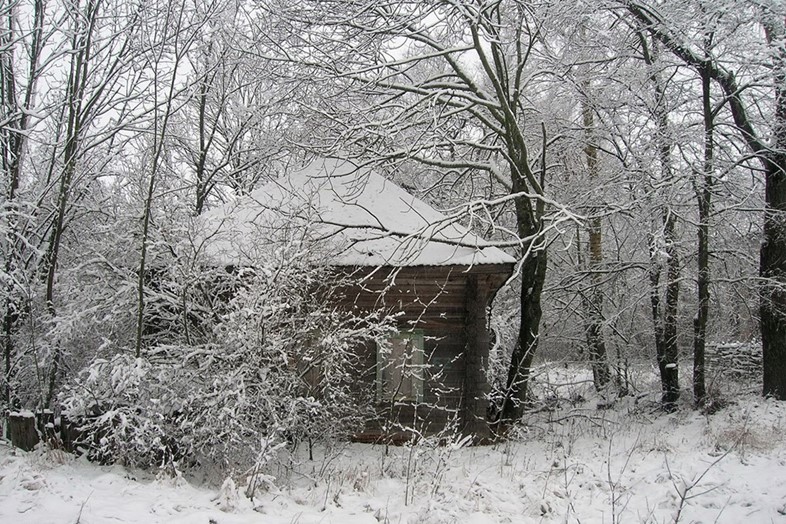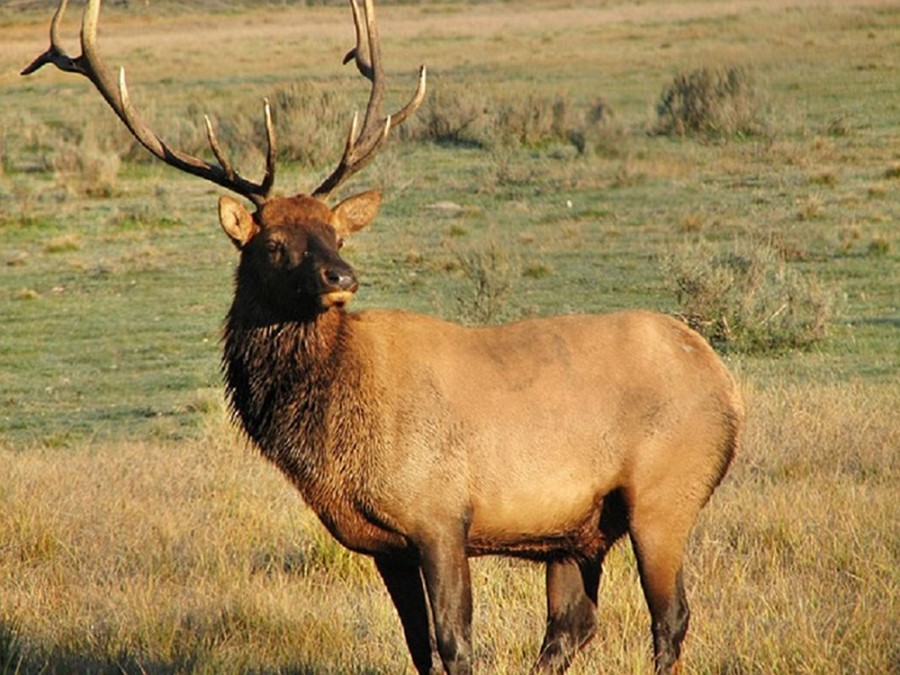super/collider ventures deep into the exclusion zone around the Chernobyl nuclear reactor, where wildlife is once again taking over
Where on Earth?
Chernobyl, Ukraine
GPS Coordinates: 51°23′N 30°5′E
In the early hours of April 26th, 1986, a series of oversights and mistakes during a safety test led to the world’s first major nuclear accident: a catastrophic meltdown in reactor four at the Chernobyl Nuclear Power Plant in what is now Ukraine. The ensuing explosions and fires lofted highly radioactive fallout into the atmosphere, with much of it falling on the surrounding area and nearby Belarus. The world first got wind of the disaster when a Swedish nuclear power station began detecting the falling particles on its own outdoor safety sensors, and radioactive particles soon drifted as far as Canada.
Initially, secretive Soviet authorities kept the true scale of the disaster under wraps and life went on as usual in nearby towns and villages, despite residents reporting ‘strange noises’ in the night coming from the direction of the reactor. Once the evacuation began, over 100,000 people were eventually cleared from what was initially an area stretching 30km out from the devastated reactor. Today, this zone (or to give it it’s slightly strange official name: the Chernobyl Nuclear Power Plant Zone of Alienation) has been expanded and now covers over a thousand square miles of forests, lakes and rivers – creating an inadvertent wildlife refuge in the heart of the former USSR.

What on Earth?
While some residents have returned (particularly the elderly, who love their homeland and reckon they’ll die from other causes first), the area is still largely devoid of people and so offers a rare chance to study both the long-term effects of radiation on wildlife, and also what happens when nature is left to recolonise abandoned areas. This week, researchers at the University of Portsmouth released new details of how large mammals like elk, deer, boar and wolves are faring inside this strange, desolate region.
“Our long-term empirical data showed no evidence of a negative influence of radiation on mammal abundance,” the study’s authors write. “Relative abundances of elk, roe deer, red deer and wild boar within the Chernobyl exclusion zone are similar to those in four (uncontaminated) nature reserves in the region and wolf abundance is more than seven times higher.”

So while it doesn’t cover the long-term effects on smaller mammals, fish, birds and insects are, the study shows that nearly three decades of isolation from humans has outweighed the effects of radiation. In other words, day-to-day human activity is worse for wildlife than even our darkest nuclear nightmares.
As Professor Jim Smith, one of the paper’s authors, told The Guardian: “What we do, in our everyday habitation of an area – agriculture, forestry – that’s damaged wildlife more than the world’s worst nuclear accident.”

How on Earth?
Today, a number of companies offer one-day (about £100) and overnight (about £240) tours of the area, visiting the reactor itself (now encased in concrete), the nearby abandoned town of Prypiat and a quick look at the Red Forest, one of the most heavily contaminated areas. Most depart from Kiev, the capital, about two hours away.

